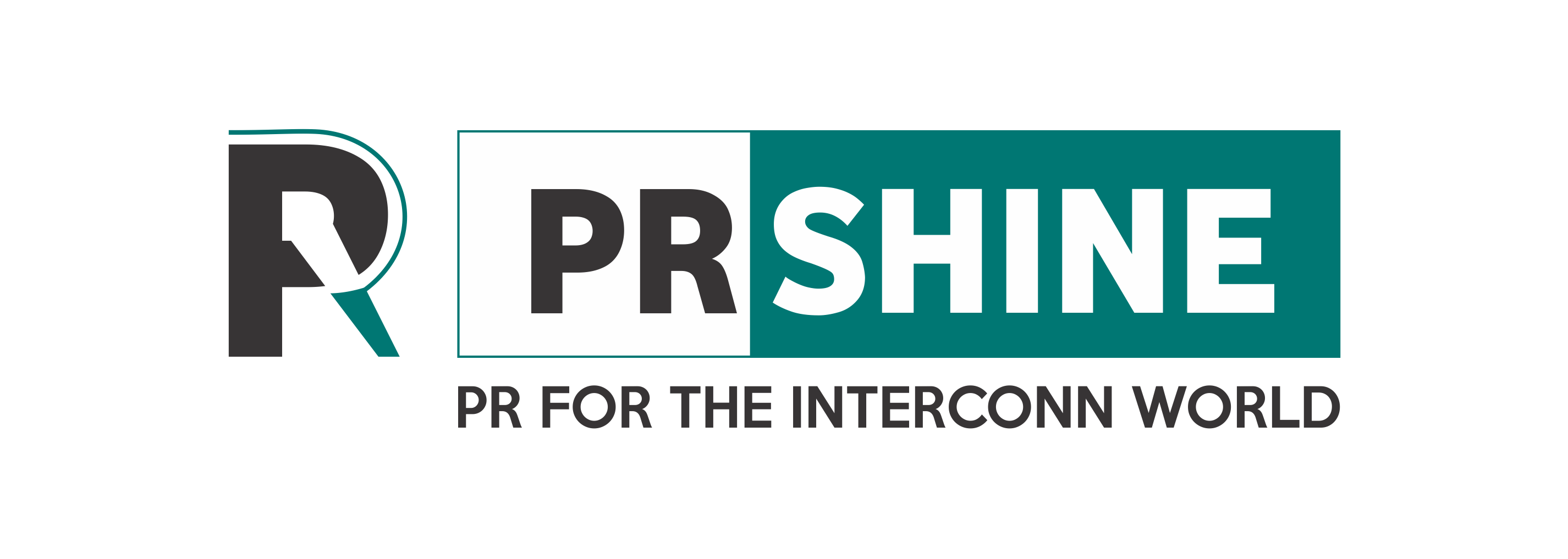Top 8 Manufacturing Trends For 2022
Manufacturers are constantly striving to overcome challenges, improve processes, and identify efficiencies, and the manufacturing trends we predict for 2022 will all serve to further these objectives.

Trend #1. Manufacturers Will Continue to Deal with Labor Shortages
The labour shortage is nothing new; the National Association of Manufacturers forecasted a 2.1 million manufacturing job gap by 2030 in 2019. Indeed, between February 2020 and December 2021, the Bureau of Labor Statistics reported a loss of 219,000 manufacturing jobs. This shortage will be exacerbated by the loss of skills and knowledge as current workers retire. Manufacturers can get ahead of this trend by doing the following:
1.Improving public perception of manufacturing jobs
2.Recruiting from industries hardest hit by the pandemic
3.Reskilling current employees
4.Increasing efforts to retain workers investing in more automation
By increasing system uptime and line output, our custom conveying solutions can assist manufacturers in dealing with labour shortages.
Trend # 2. Data-Driven Maintenance as a Margin Enhancer
Sensors, remote monitoring, connected devices, and the Internet of Things (IOT) have all appeared on trend lists in recent years, and this year is no exception. Why? On the one hand, sensors are becoming more common, communications are becoming faster and more reliable, and manufacturers are developing more effective ways to use data to drive predictive maintenance, among other things. Given the financial difficulties that many facilities faced in 2020 and 2021, and may face in 2022, more effective, efficient maintenance is critical. Because predictive maintenance can drastically reduce unplanned downtime, material cost savings are more important than ever.
Trend # 3. Manufacturers Will Renew Efforts to Their Supply Chains
Another 2022 manufacturing industry trend will be corporate efforts to control supply chains. The ongoing effects of COVID-19, trade wars, high demand, and long delivery times are putting manufacturers’ ability to build resilient supply chains to the test. Many will seek to reshore operations in order to better manage supply chain availability, while others will look for opportunities in countries such as Canada and Mexico. Their efforts will be hampered by ongoing transportation issues, such as a lack of freight drivers and congestion at U.S. container ports.
Trend # 4. Environmental Accountability Will Gain the Forefront
Another 2022 manufacturing industry trend will be corporate efforts to control supply chains. The ongoing effects of COVID-19, trade wars, high demand, and long delivery times are putting manufacturers’ ability to build resilient supply chains to the test. Many will seek to reshore operations in order to better manage supply chain availability, while others will look for opportunities in countries such as Canada and Mexico. Their efforts will be hampered by ongoing transportation issues, such as a lack of freight drivers and congestion at U.S. container ports.
Trend # 5. Cybersecurity Will Emerge as a Major Threat
Without mentioning cybersecurity, no discussion of current manufacturing trends would be complete. Cybersecurity has become a major concern for manufacturers as a result of high-profile cyber attacks on both industry and government. Ransomware and other cybersecurity vulnerabilities can affect operations of any size. No company is immune to a cyber-attack.
Manufacturers’ exposure to cyber threats grows as their reliance on 5G-connected devices grows. The dangers are real, and they can affect both the factory floor and the back office. Most legacy systems and technologies were not designed to withstand cyber-attacks. Improving security isn’t the only requirement. Companies must also consider their corporate resilience in the event of an attack. Is vital data and documentation backed up on a regular basis to provide the redundancy required to withstand an attack? Every aspect of a manufacturer’s operations is affected by cybersecurity.
#6 - Don’t Ignore Issues
Workers on automated conveyor systems should be aware that they should alert a supervisor right away if they experience any problems. Employees need to be taught the importance of reporting suspicious activity. It’s always better to be safe than sorry, regardless of how minor the problem may seem.
Trend # 7. Increased Reliance on Virtual Processes
Digital twins, machine learning, AI (artificial intelligence), AR and VR (augmented reality and virtual reality) technologies are assisting manufacturers in navigating COVID challenges by enabling remote monitoring, servicing, and equipment operation — all without the need for on-site personnel. With communication approaching real-time and the computing power to make it appear as if the operator is in the same room as the machine, virtual and remote operation is consistent with other recent manufacturing process trends that enable access, flexibility, and safety.
Trend # 8: Automation and Robotics are Redefining Manufacturing Worker Roles
Automation is not a new phenomenon in the manufacturing industry. However, manufacturers are investing more money than ever before in automated solutions for their operations. This is especially true in the agriculture and food manufacturing industries. Indeed, the global agricultural robotics market is expected to be worth $6.7 billion by 2032.
Many agricultural robotics startups have recently received funding boosts. Carbon Robotics, for example, received $27 million in Series B funding for their autonomous weeding robot. Tortuga, a harvest automation startup, raised $20 million in funding.
The emphasis on automation and robotics is changing the structure and distribution of labour in the manufacturing industry. Companies must reconsider how to make the best use of their workforce.
Frontline workers in manufacturing will most likely take on roles and responsibilities that require them to use their communication and collaboration skills more frequently. Platforms that enable manufacturing upskilling and employee engagement will become more common as we approach 2022.
Bluesurf Technologies can help with your challenges and objectives for 2022 and beyond to lead your operations into the next decade. For more information, contact Bluesurf Technologies today.












